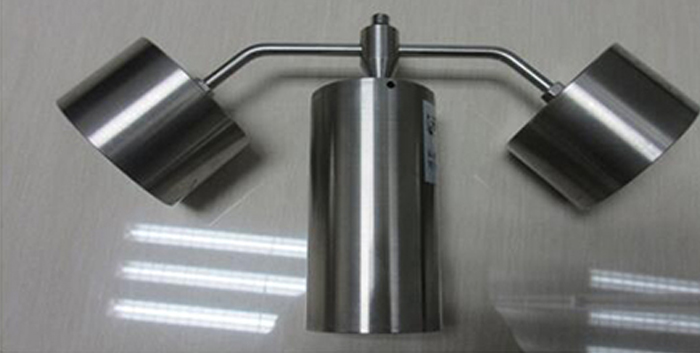Certification & Test
Material Test
1. Material
test ---- Needle flame test
2. Material test ---- Glow wire test
According to standard IEC60695-10-2
"fire hazard test Part 10-2: thermal anomaly ball pressure test
method", the structural characteristics of the nonmetal and insulating
materials are subject to change under the effect of high temperature. This
change is usually manifested in forms of softening or melting. The ball
pressure test is used to test the heat-resistant properties of nonmetallic
materials and insulating materials. In the standards of GB2099.1.1996,
GB19212.1.2003, GB4943. 2001 and GB15092.1-2000, there is a clear requirement
for the heat resistance of the metallic material and the insulating material, and
pressure test is essential.
The sample is placed in a horizontal
position and the 5mm diameter steel ball is pressed on the surface of the
sample with 20N pressure. This test should be carried out in the heating box
and the temperature is 75 ℃ ± 2 ℃.
The diameter of the indentation was measured
1 hours after the action of the steel ball. The test fails when the
diameter of the indentation is larger than 2mm.
Based on standard IEC60695-11-5 fire
hazard test part 11-5: needle flame test method, device, verification test
agreement and guide,the needle flame test is
suitable for insulation materials, engineering plastics or other solid
combustible materials industry.
The needle flame test is based on the
IEC60695 -11-5; GB/T5169.5-2008, GB4706.1-2005 and other standards used in the
small flame ignition source simulation test project. Needle flame test is to
use apparatus with specified size (diameter 0.9mm) needle burner, with specific
gas (butane), with 45 degree angle orientation application sample as the sample
gas, to test the ignition and the burning time and burning length to evaluate
the small flame equipment caused by internal fault conditions of the fire
danger. Needle flame test applies to lighting, low-voltage electrical
appliances, household appliances, electrical tools, electric motor, electric
tools, electronic instruments, electrical instruments, electrical connector
such as electrical and electronic equipment and parts, components of the
research, production and quality inspection departments, and can also be
applied to insulation materials, engineering plastics or other solid
combustible materials industry.
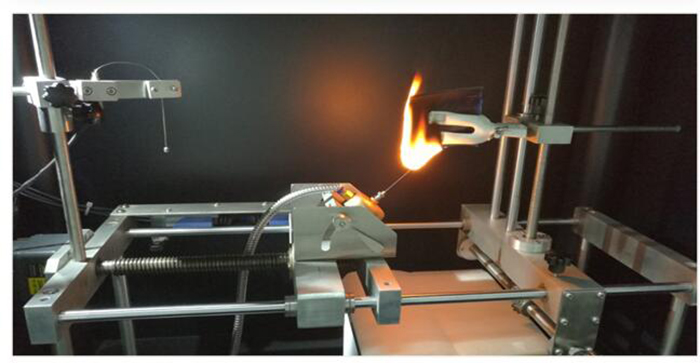
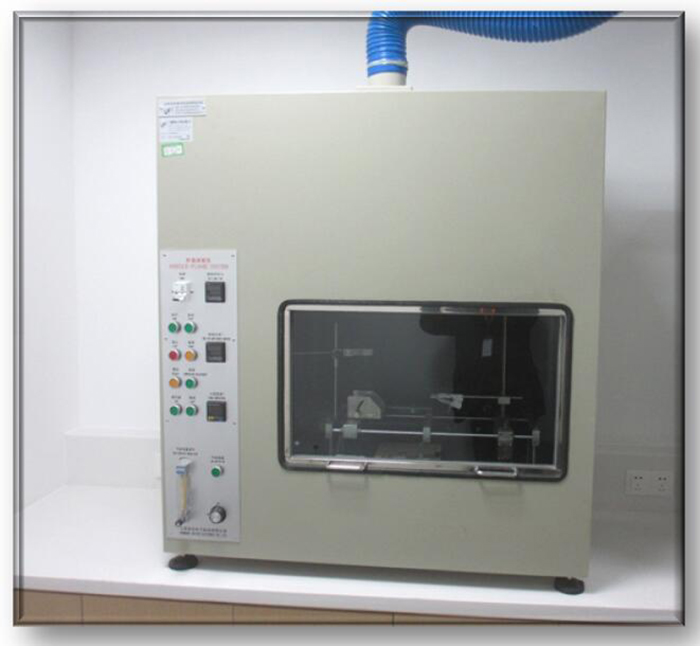
According to the standard
IEC60695-2-11 , fire hazard test -- part 2-11 -- test method based on glow wire
/ heating wire -- glow wire flammability test of final product.
The device is designed according to
the requirements of the IEC60695-2-10:2000, GB/T5169.10-2006, GB/T5169.13-2006
and GB4706.1 in the standard "glow wire test method" , applicable to
electrical and electronic products, household appliances and materials for fire
hazard testing, heat source or sources of ignition burning or overload
resistance simulation components such as caused by thermal stress in a short
time.
The glow wire tester is to simulate
insulating material or other solid combustible material, which is easy to
spread flame inside the equipment, and may be ignited by hot wire or burning
element. Under certain conditions, such as fault current passing through the
conductor, overload of components and loose contact, some components will reach
a certain temperature and make the parts near the ignition test.
The working principle of glow wire
test instrument: 4 mm nichrome wire (U type glow wire head) heated to the
specified temperature (300 ℃ to 1000 ℃)
with high current heat , under required pressure (1.0N) level, burn the subject
30s, test it whether ignite or hold burning time of fire to judge the
flammability hazard of electrical and electronic equipment products; after
completion of the burning test, record the ignition time (Ti), the fire
extinguishing time (Te), and flammability index (GWFI).
Glow wire head: nominal diameter for
armored thermocouple wire for 0.5mm, nickel chromium and nickel aluminum (K)
wire, suitable for continuous operation at temperatures up to 960℃,
the welding point in their armored sleeve for thermocouple measurement glow
wire temperature, its armor the metal can stand at least 1050 ℃.
Calibrate
glow wire temperature:
1. put the standard silver foil (99.8%
purity and thickness of 0.06mm, the side of 2mm Square) on the top of the
center of glow wire head.
2. glow wire head is heated to a
suitable value until the silver foil melts, and value thermometer displayed
should be the standards of 960 ±15℃.
(Note: the metal of its armoured sleeve of
thermocouple should at least bear 1050 degrees of temperature. Imported
thermocouple is recommended.)
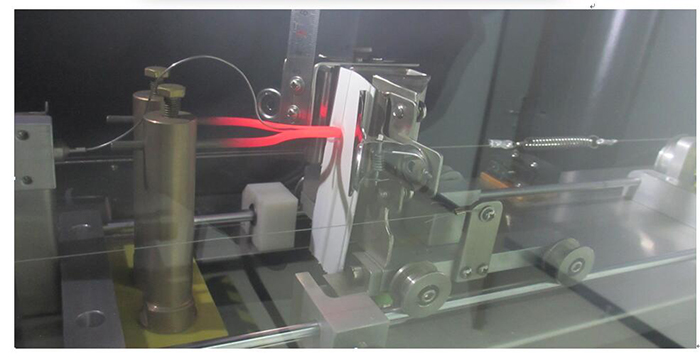
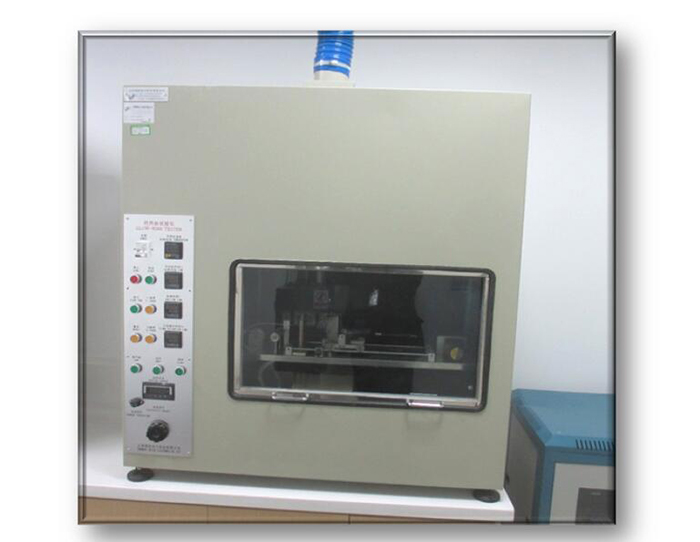
3. Material test ---- Ball pressure test
